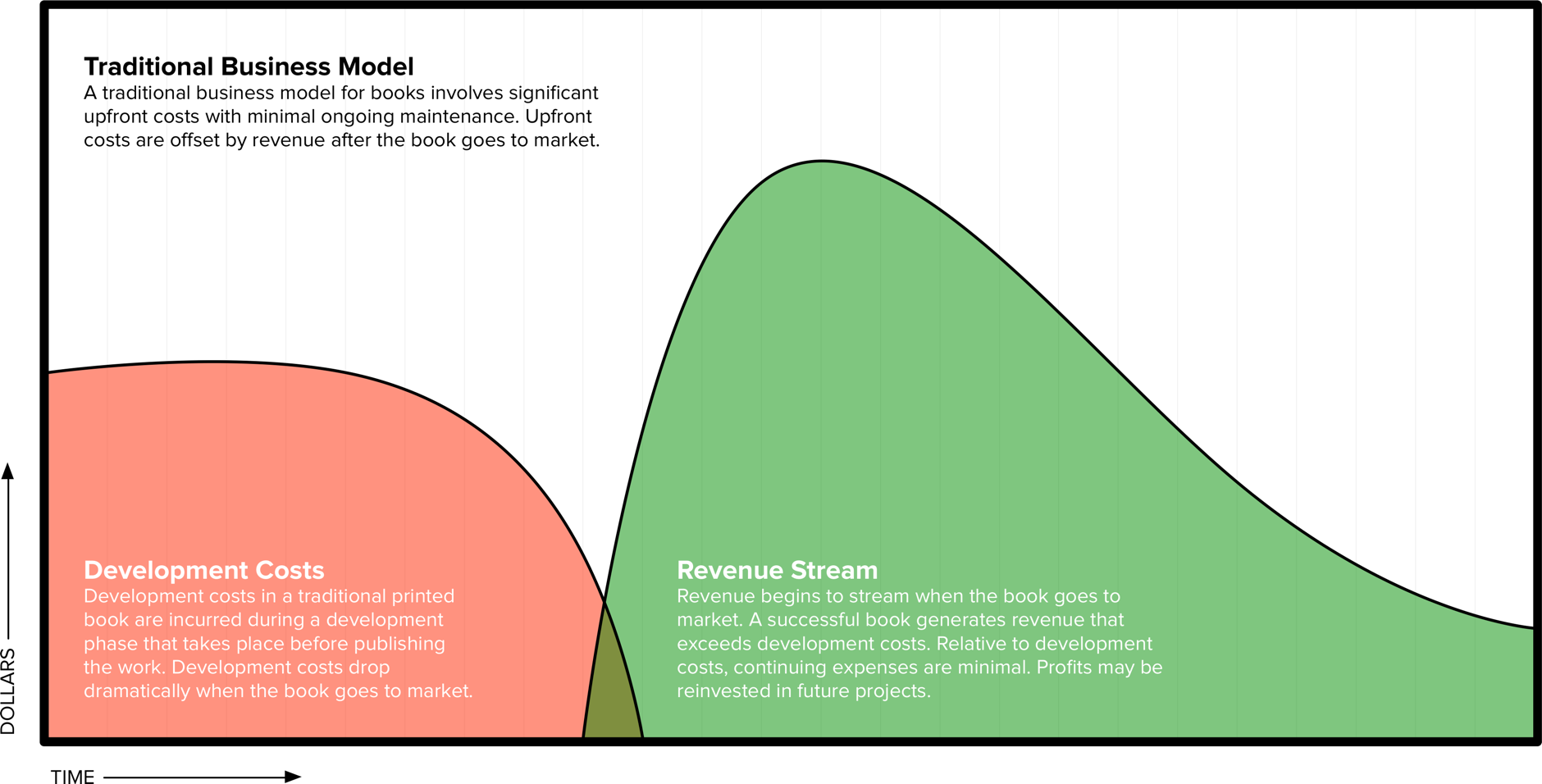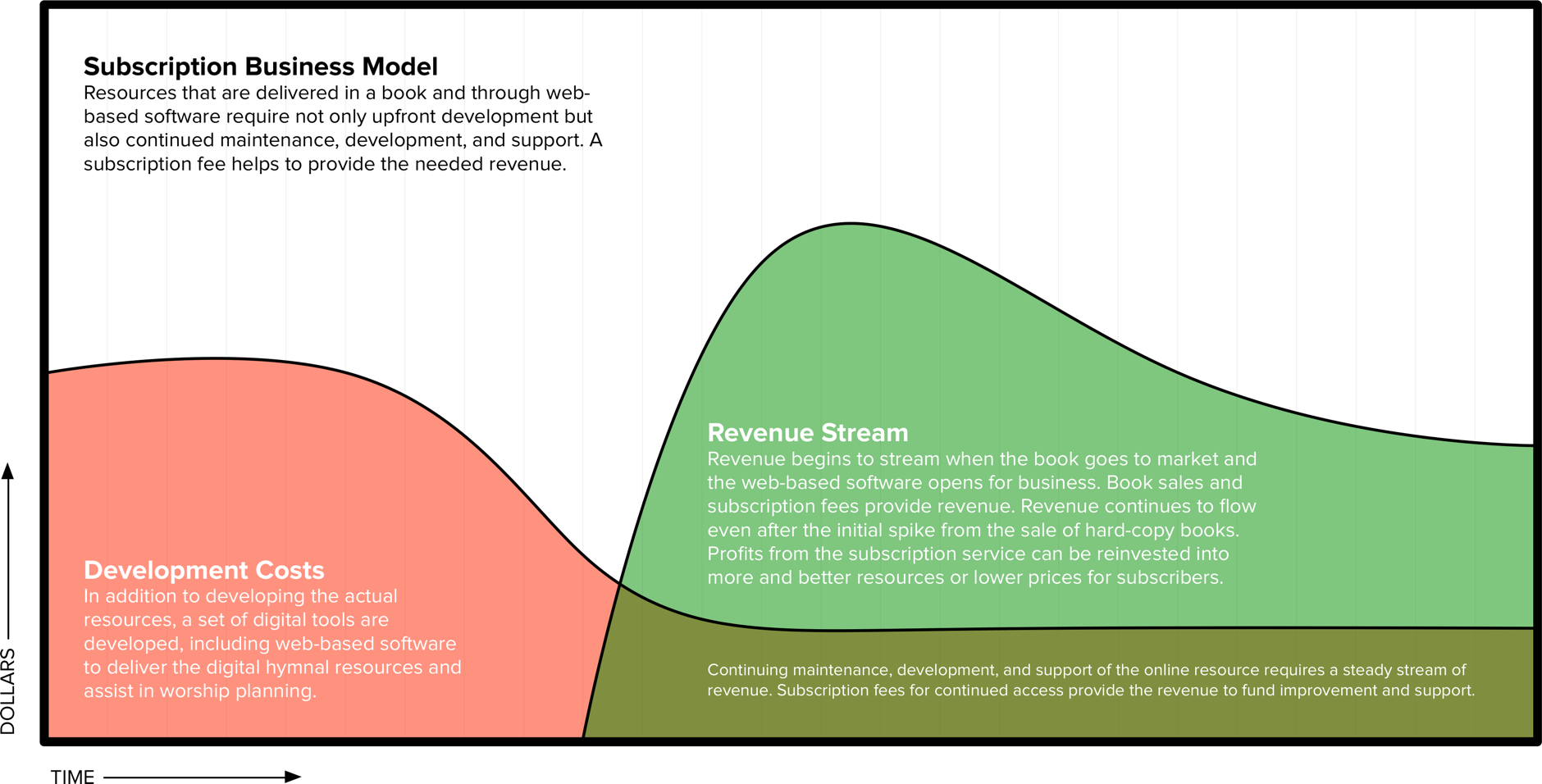Mar 21, 2014 by Caleb Bassett
The Technology Committee was excited to find that the recent survey of WELS pastors conducted by Northwestern Publishing House and the WELS Hymnal Project revealed several opportunities to serve WELS congregations with worship-related technology. The top three worship-related technology needs according to WELS pastors are 1) worship planning tools and resources; 2) digital assets (e.g., music graphics) for worship folders; and 3) digital sheet music for musicians. I believe that our emerging vision for a digital worship compendium aligns well with the expressed needs of WELS pastors.
Key insights from the survey
The Technology Committee gained several key insights from the results of the survey. We’re glad to have comments and reactions from so many WELS pastors. My committee has reviewed the entire survey and the following insights are among the most important that we learned from the study.
Worship planning remains a challenge
I could already infer that worship planning tools would be a top priority when I saw how much pastors rely on email in the worship planning process. 95% of pastors use email to communicate worship plans. 28% supplement the process with some sort of web-based sharing platform, which leaves almost three-quarters of pastors without the benefits of such web-based tools. Email, although ubiquitous, is ill-suited for the task of managing any complex, centralized process, including worship planning. As organizations discover the limits of email they begin moving to centralized communication systems that simply work better than email. Many congregations are headed that way, too. Even systems based on a hierarchy of files and folders (e.g., Dropbox, Google Drive) struggle to handle complex tasks. It’s no surprise, then, that WELS pastors expressly stated the need for better online tools to help plan and communicate worship.
Not only are WELS pastors looking for a tool to help them manage the complexity of planning and communicating worship, they are also looking for a way to quickly and easily find excellent worship resources to incorporate into their plans. Both survey data and anecdotal evidence seem to indicate that pastors are often unaware of the variety of worship resources that are already available in volumes like Christian Worship: Occasional Services, let alone the other resources available from the Commission on Worship, Northwestern Publishing House, or other liturgical publishers. A tool to help manage the complex job of worship planning should also deliver excellent worship resources to match a congregation’s context, that is, resources that support their journey through the lectionary as well as their individual needs for hymnody, psalmody, rites, and prayers. We should build something that helps good resources to surface when they’re needed instead of staying hidden out of sight.
Worship folders are widely used
A majority of WELS congregations use printed worship folders to assist worshipers. Of that majority, some print the entire liturgy as well as the hymns, while most (75%) direct worshipers to the hymnal for singing the hymns. Only 21% of pastors indicated that their congregations follow the liturgy from the front part of the printed hymnal. This seems to indicate that for the singing of hymns the printed hymnal still rules, but for speaking and singing the liturgy a worship folder is preferred (a small minority, 17%, also project the liturgy on the wall or screen).
WELS congregations will benefit from resources that improve the quality of their printed worship folders. Certainly musical graphics will be a part of that solution. Printable reproductions of hymns with reasonable copyright control will be essential. Options for both melody-only and four-part versions would be nice, too. (Also, we need to accept that gone are the days of delivering such files on a CD-ROM. A web-based, structured, and centralized solution is a must.)
A tougher question about worship folders is, “Do we want to provide a tool to generate the worship folders themselves?” I don’t know the answer to that question yet, but I do think there is potential in providing easy-to-access digital assets for worship folders along with professionally-designed worship folder templates. There is an opportunity here to provide the tools needed to raise the standard of quality for worship folders in WELS parishes.
Digital sheet music is an important niche
I’m glad to have the support of several church musicians on my committee because I don’t know much about digital sheet music. Digital sheet music seems to be changing rapidly as the market settles into the new computing paradigm made popular by the introduction of the iPad in 2010. Some promising products have emerged as companies try to carve out a market for digital sheet music. Still, the situation seems cloudy, at least in my mind. My committee includes a Working Group on Musicians’ Tools to provide in-depth study and review of existing products. They’ve already begun their research. We’ll work to find a solution that delivers to musicians the resources they need to adorn the gospel with their music.
WELS pastors are open to a subscription service
Three-quarters of WELS pastors indicated that their congregations would react favorably to a subscription-based funding model for a digital hymnal. If we wish to provide the resources that WELS pastors want, then we will need to build a business model that supports such technology in the long term. This is a change from the traditional model of producing a printed book.
The business model of a printed book requires a publisher to pour resources into the development upfront. Initial costs are rewarded by a burst of revenue as the book becomes available for purchase. Revenue begins to stream as the development expenses stop, leaving only maintenance and marketing, which are relatively small compared to the initial investment. A publisher can draw revenue from the sales of a book for many years while incurring relatively minimal maintenance and revision costs.

Figure 1: Traditional business model for books. These charts do not represent actual sales figures but illustrate the nature of the market in general terms. Download a high-resolution PDF of this chart.
Web-based resources require a different business model and the subscription model seems to be the most compelling option. A subscription model provides steady revenue to cover the cost of maintenance and improvement. Furthermore, the monthly or annual subscription fee can be structured to recoup the initial development costs over time. The subscription model also has the happy benefit of providing to any new subscribers full access to the entire digital hymnal. A quick glance at the market for software tools today reveals that the low-priced monthly subscription model is replacing the high-priced upfront purchase model. Even software giants like Adobe and Microsoft, which made billions of dollars in profit from selling packaged software, are moving to a subscription model in their core businesses.

Figure 2: Subscription business model for resources and tools. These charts do not represent actual sales figures but illustrate the nature of the market in general terms. Download a high-resolution PDF of this chart.
A hymnal is a long-term resource. The digital component of the hymnal is more of a service than a single product and therefore requires the sort of funding that enables it to last the lifespan of the hymnal. Subscriptions may be the solution, and three-quarters of WELS pastors responded favorably to the idea. That’s good to know.
Opportunity knocks
Beyond just the technology needs we discovered in the survey, I also noticed how the survey revealed the high level of confidence that WELS pastors place in the hymnal. 90% of pastors reported that their congregation sings Christian Worship psalmody. 75% of pastors reported that they rarely, if ever, use rites from a source other than Christian Worship or Christian Worship: Supplement. And a minuscule 2% report that they regularly look beyond Christian Worship or Christian Worship: Supplement for hymnody. Other committees will dig into the insights we can learn from how congregations are using hymnody, psalmody, and rites, including what sort of changes and improvements may be needed, but for now it’s clear that pastors believe that they can trust what is published in our hymnal.
That level of trust not only compels me to be as faithful as I can in helping to build the next hymnal, it also reminds me that opportunity is knocking—maybe even pounding—at the door. Great trust combined with excellent, curated resources delivered in a modern, useful, and efficient way will be the foundation for excellence in worship. The data indicates that a digital hymnal has great potential to serve WELS congregations. We can meet real needs to support and assist worshipers throughout our synod.


